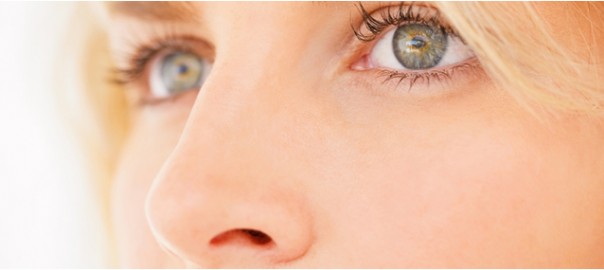Blepharoplasty (eyelid surgery)
Before the operation: (please see video animation on website www.niagararhinoplasty.com under face procedures)
2 weeks before the operation you should not take any non-steroidal anti-inflammatory medications. These include Motrin, Ibuprofen (Advil), Aspirin, Naproxen or any medications containing these drugs. All herbal medications should also be avoided as they can interfere with normal blood clotting and anesthetic agents. If you take pills for high blood pressure, you should still take them the morning of surgery with sips of water. One of the risks of the surgery is post operative bleeding which will be less likely if these instructions are adhered to.
Patients are prescribed an oral antibiotic to be taken one hour before their procedure and Ativan if needed for sedation to take 30 minutes before the procedure. If Ativan is to be taken we recommend you have someone drive you home after your procedure. Photos are generally taken when the surgery is booked, then at 1week, and 3 months post operatively.
It is important to understand that blepharoplasty does not correct low eyebrows or brow ptosis. Dr. Robichaud will review, this with you at your consultation.
After the Operation:
You will be discharged the same day of the operation. If you had your procedure with a general anesthetic then you should have someone with you the first evening. It is normal to have some bruising around the eyes and even into the cheeks in some cases for up to 2 weeks after the operation. You should not have brisk bleeding or any significant pain. There will be dissolvable sutures used in most cases. These are often removed if needed or trimmed at the one week post op appointment.
Systane eye drops (over the counter) can be used for any dryness of your eyes 2-3 times daily. You may shower the day following your operation taking care not to have high pressure water go directly onto the surgical area for 14 days. If you develop significant pain or swelling of the upper or lower lids, contact the office before your follow up. On weekends or evenings, you may need to go to a walk in clinic or Prompt care centre for treatment. Dr. Robichaud may also make arrangements for you to reach him directly in some cases and the first point of contact on weekends is the office email, info@niagararhinoplasty.com
It is helpful to elevate the head at night for the first few nights after surgery to help reduce the swelling. Ice packs to the forehead and eyes can also be helpful.
There can occasionally be small white bumps in the incision line that can develop up to several months following your procedure. These are called Milia and area easily removed in the office if they should occur. You can contact the office or wait for your follow up to address this as preferred
If you do not work in an occupation which requires significant exertion, you may return to work within a few days time, but may, rarely, need 2 weeks off after this procedure, depending on what type of work you do and your preference.



